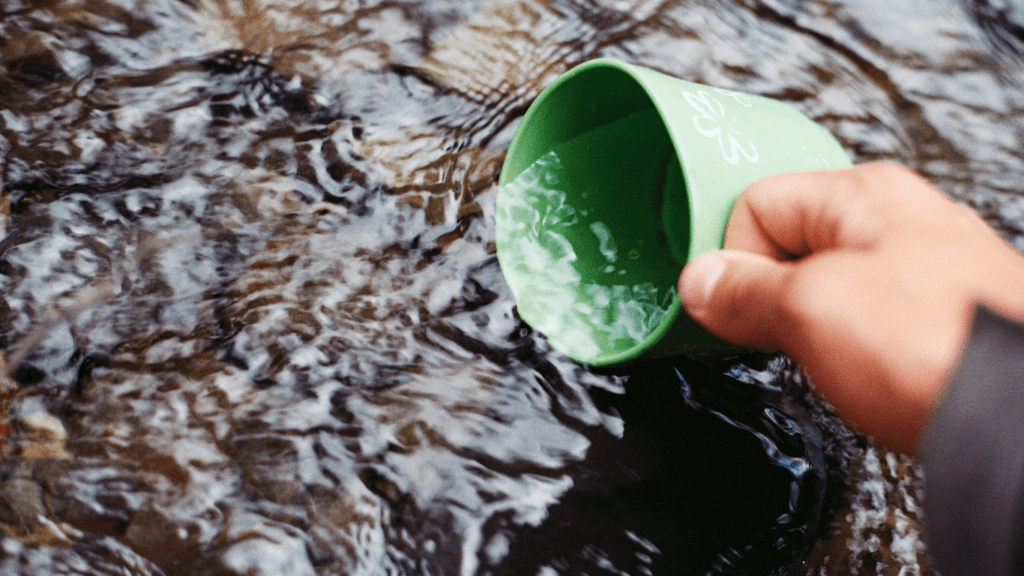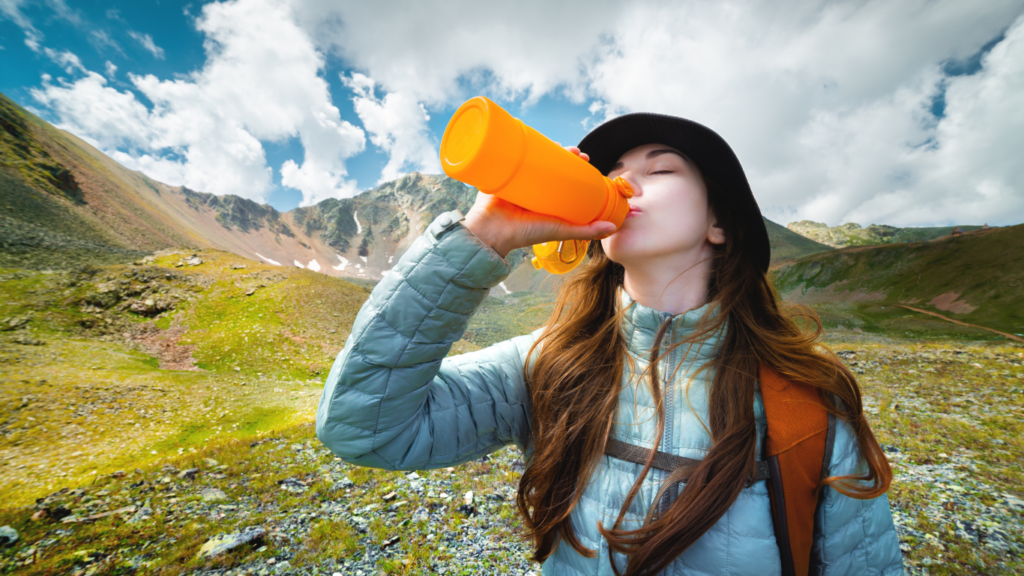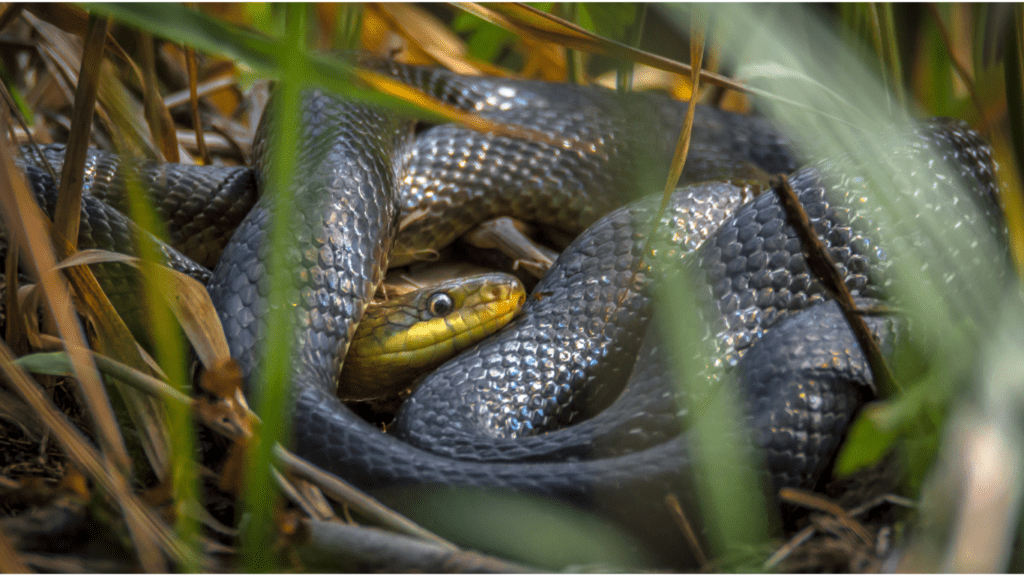Importance Of Finding Safe Drinking Water
Access to safe drinking water in the wilderness is critical for health and survival. Contaminated water sources can carry pathogens like Giardia and E. coli, leading to severe illnesses. I emphasize staying hydrated, as dehydration can set in within hours, impacting judgment and physical performance.
In the wild, physical activity increases, elevating water needs. A person hiking in moderate temperatures might need 2-3 liters of water daily, while extreme conditions demand more. Proper hydration supports bodily functions like temperature regulation and toxin elimination. Without clean water, the risk of heatstroke, kidney stones, and other complications rises.
Emergency scenarios highlight the necessity for safe water. If stranded without access, knowing how to find and purify water can be life-saving. Methods like:
- boiling
- filtering
- purifying tablets
are essential skills. I advocate always carrying a backup purification method to ensure safety. Ensuring safe drinking water also preserves enjoyment of wilderness activities. Experiencing nature’s beauty shouldn’t be overshadowed by health concerns from unsafe water. Being prepared enhances confidence and reduces risk, making every outdoor adventure more enjoyable.
Common Sources Of Water In The Wild

Finding reliable sources of drinking water in the wild is crucial for survival. I’ll provide information about various water sources you can utilize.
Natural Water Bodies
Rivers, lakes, and streams are common sources of water in the wilderness. Running water, especially from higher altitudes, tends to be safer. Look for clear, flowing streams over stagnant ponds. For instance, mountain streams usually offer cleaner water compared to lowland rivers. Ensure to filter or purify water, as even clear streams can contain contaminants.
Rainwater Collection
Rainwater collection is another viable option. By using items like tarps or large leaves, you can create a catchment system. Rainwater is generally safe but clean the collection surface first. For optimal results, capture rain during heavy downpours when pollutants are less likely to concentrate.
Vegetation Sources
Certain plants and fruits can provide water. Cacti, for example, hold significant moisture and can be tapped. In some regions, bamboo can be a water source. Avoid unknown plants, as some may contain toxins. Also, morning dew on grass or leaves can be collected with a cloth and wrung out into a container.
Methods To Purify Water
Purifying water in the wild ensures that it is safe to drink, protecting against waterborne illnesses. Several methods exist to effectively purify water, including boiling, chemical purification, and filtration systems.
Boiling
Boiling is one of the simplest and most reliable methods for purifying water. When water reaches a rolling boil, most pathogens, including bacteria, viruses, and parasites, are killed. Boil water for at least one minute, or three minutes if at high altitudes, to ensure it is safe to drink. Always let the water cool naturally after boiling before drinking.
Chemical Purification
Chemical purification uses substances like iodine, chlorine, or chlorine dioxide to kill microorganisms. These chemicals come in tablets, liquid drops, or powder forms. Follow the instructions on the packaging for the correct dosage and waiting time. Typically, it takes 30 minutes for the chemicals to purify water. Use chemical purification as a supplementary method if the water is extremely turbid.
Filtration Systems
Filtration systems are portable devices that remove impurities from water. These can be pump filters, straw filters, or gravity filters. Filters use a physical barrier to trap pathogens, dirt, and other contaminants. Check the filter’s specifications to ensure it removes bacteria, protozoa, and viruses. Regularly clean and maintain the filter to ensure it functions effectively.
Recognizing Contaminated Water
Finding safe drinking water in the wild is crucial. Recognizing signs of contaminated water can prevent illness and ensure your survival.
Physical Appearance
Cloudiness, discoloration, or floating debris all signal potential contamination. Clear, still water can still harbor pathogens, so don’t rely on appearance alone. Algae blooms, which appear as green or blue-green scum, indicate harmful bacteria. Rusty or metallic colors usually result from high mineral content, which can be harmful if ingested over time. Avoid water with any oily sheen, as this could indicate industrial pollution or waste.
Unusual Odors
Water that smells like chlorine or other chemicals may be contaminated by industrial runoff. A sewage-like smell suggests the presence of harmful bacteria or parasites. Metallic or sulfurous odors, like rotten eggs, often indicate the presence of sulfur bacteria, which can cause illness. If water smells strange, use another source if possible, or ensure thorough purification before drinking.
Hydration Tips And Safety Precautions
Staying hydrated is crucial for maintaining energy and mental clarity during outdoor adventures. While finding safe water sources is vital, knowing how to manage water intake efficiently and take necessary safety precautions can significantly enhance your experience and survival chances.
Monitor Your Water Intake
Tracking water consumption helps avoid dehydration. Aim to drink at least 3 liters daily during moderate activity, increasing to 4 liters in hot environments or during intense physical exertion. Remember to sip water regularly throughout the day rather than waiting until you’re thirsty, as thirst indicates early dehydration.
Conserve Your Water
Water conservation becomes essential if sources are scarce. Avoid diuretics like caffeine and alcohol, which increase fluid loss. Opt for shaded areas to reduce sweat, and eat dry, salty foods sparingly as they can increase water needs.
Use Reliable Purification Methods
Always purify water from natural sources, regardless of clarity. Boiling, chemical treatments (e.g., iodine, chlorine), and filtration systems offer effective methods. Choose a suitable method based on available resources and potential contaminants, ensuring water safety before consumption.
Recognize Dehydration Symptoms
Understanding dehydration signs assists in taking prompt action. Mild dehydration causes thirst and dry mouth, while moderate cases lead to fatigue, dizziness, and decreased urine output. Severe dehydration symptoms include confusion, rapid heart rate, and sunken eyes. Address dehydration quickly to prevent serious health issues.
Have Backup Water Options
Plan for contingencies by carrying extra water purification tools or emergency water packets. Knowledge of alternative water sources, such as plant moisture and collected dew, can be lifesaving if primary sources are inaccessible.
Communicate Your Plans
Inform someone about your itinerary before heading into the wild. Share details of your route, expected return time, and emergency contact information. This ensures that rescue efforts are timely if you’re unable to access safe water or face other emergencies.
Follow Safety Protocols
- Maintain hygiene to prevent water contamination.
- Always wash hands with purified water before eating or handling food.
- Avoid swimming in or washing near your water collection points to minimize the risk of waterborne diseases.
- Monitoring water intake, conserving resources, using reliable purification methods, and following safety protocols are vital for safe hydration in the wilderness.
- Structured planning and careful management of water resources can make your outdoor adventure safer and more enjoyable.
Best Tools And Gear For Water Purification
Selecting the right tools and gear for water purification is crucial when venturing into the wild. Based on my extensive wilderness experience, I’ve identified several effective options suitable for various situations.
Water Filters
Water filters are essential for removing particles, bacteria, and protozoa from natural water sources (e.g., rivers, lakes). I recommend portable options such as the Sawyer Mini and LifeStraw. These filters are lightweight, easy to use, and can purify thousands of gallons of water before needing replacement.
Chemical Purifiers
Chemical purifiers like iodine tablets and chlorine dioxide drops are compact solutions that kill viruses and bacteria. Each dose purifies a specific quantity of water, typically 1 liter per tablet or drop set. Example: Katadyn Micropur tablets. Wait time for complete purification ranges from 30 minutes to 4 hours, depending on the product and water clarity.
UV Light Purifiers
UV light purifiers, such as the SteriPEN, use ultraviolet light to disrupt the DNA of harmful microorganisms. These devices are effective against bacteria, viruses, and protozoa. Requiring only batteries and minimal operation time (about 90 seconds per liter), they are highly efficient but should be used with relatively clear water to ensure effectiveness.
Boiling Equipment
Boiling remains one of the most reliable purification methods. A compact camping stove (e.g., MSR PocketRocket) and a lightweight pot can bring water to a rolling boil, ensuring it’s safe to drink. In higher altitudes, extending the boiling time to three minutes is necessary to kill pathogens effectively.
Water Purification Systems
For those engaging in group activities, gravity-fed water purification systems like the Platypus GravityWorks are excellent choices. These systems require minimal effort and can filter large volumes of water by using gravity to push water through the filter. Ideal for base camps and extended stays in the wilderness.
Portable Water Bottles with Built-in Filters
Portable water bottles with built-in filters, such as the Grayl Geopress, combine filtration and water storage in one convenient package. These bottles can remove bacteria, viruses, protozoa, and particulates, making them ideal for quick-access hydration during hikes and other activities.
Pump Filters
Pump filters, like the MSR MiniWorks EX, provide a manual but effective solution for obtaining clean water. These filters work by manually pumping water through a filter cartridge. They are durable and capable of filtering out contaminants but can be more labor-intensive compared to gravity filters.
Collapsible Water Containers
Collapsible water containers (e.g., the HydraPak Seeker) are useful for storing and transporting large quantities of water once purified. These containers are lightweight, can be rolled up for easy storage when not in use, and are a practical addition to any purification setup.
Investing in reliable water purification gear significantly enhances safety and convenience during outdoor adventures. Carrying multiple options provides flexibility to adapt to different situations and ensures a consistent supply of safe drinking water.



 Hiking Trail Guide Expert & Outdoor Adventure Curator
Keturaha Perrymaners is an experienced trail guide and hiking enthusiast with an unparalleled passion for discovering and exploring nature’s most beautiful and secluded paths. As the hiking trail expert at Whisper Forest Ways, Keturaha curates comprehensive guides that cover everything from beginner-friendly walks to challenging multi-day treks. Her deep knowledge of terrain, weather patterns, and outdoor safety ensures that her recommendations cater to hikers of all levels, helping them prepare for their adventures with confidence. Whether you’re seeking scenic trails for mindfulness walks or rugged paths for a physical challenge, Keturaha’s expertly crafted guides provide the insights and inspiration you need to venture into the wilderness and fully immerse yourself in nature’s beauty.
Hiking Trail Guide Expert & Outdoor Adventure Curator
Keturaha Perrymaners is an experienced trail guide and hiking enthusiast with an unparalleled passion for discovering and exploring nature’s most beautiful and secluded paths. As the hiking trail expert at Whisper Forest Ways, Keturaha curates comprehensive guides that cover everything from beginner-friendly walks to challenging multi-day treks. Her deep knowledge of terrain, weather patterns, and outdoor safety ensures that her recommendations cater to hikers of all levels, helping them prepare for their adventures with confidence. Whether you’re seeking scenic trails for mindfulness walks or rugged paths for a physical challenge, Keturaha’s expertly crafted guides provide the insights and inspiration you need to venture into the wilderness and fully immerse yourself in nature’s beauty.
